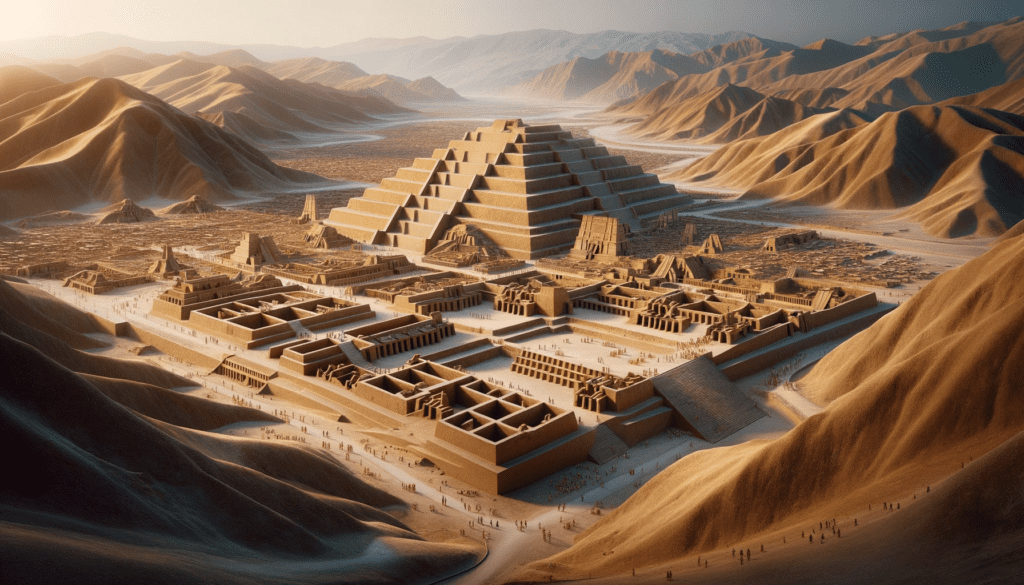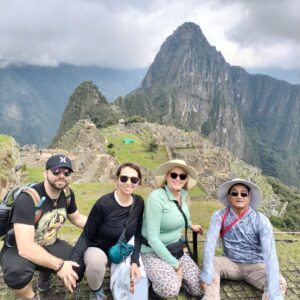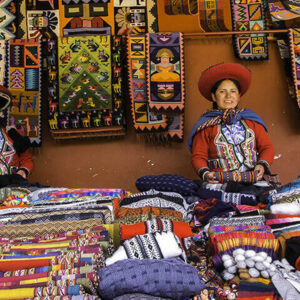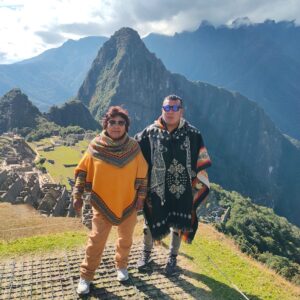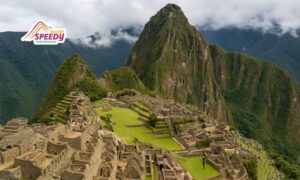Peru is a treasure trove of ancient cultures, mysteries, and awe-inspiring ruins. While Machu Picchu is undeniably its crown jewel, the country boasts several lesser-known archaeological wonders that captivate visitors with their rich history, architectural marvels, and cultural significance. Dive with us into these hidden gems, waiting to be explored and appreciated by history enthusiasts and curious travelers alike.
1. Kuelap – The Fortress in the Clouds
Location: Northern Peru, in the cloud forest region of the Amazonas.
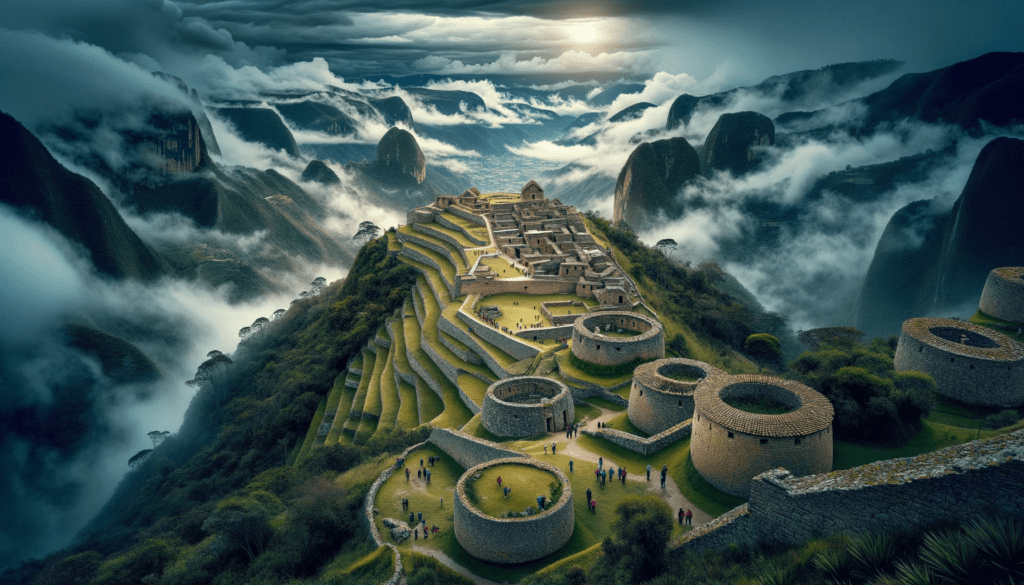
History and Significance:
Built by the Chachapoyas culture, often referred to as the “Warriors of the Clouds,” Kuelap predates the Incas. The site is a massive walled city with over 400 buildings and an imposing fortress that stands tall, overlooking the Utcubamba Valley.
What to Expect:
As you walk through the thick stone walls, you’ll be greeted with lush greenery and mysterious round stone houses. The site offers a perfect blend of nature and archaeology, with its strategic location providing breathtaking panoramic views.
2. Choquequirao – Machu Picchu’s Sacred Sister
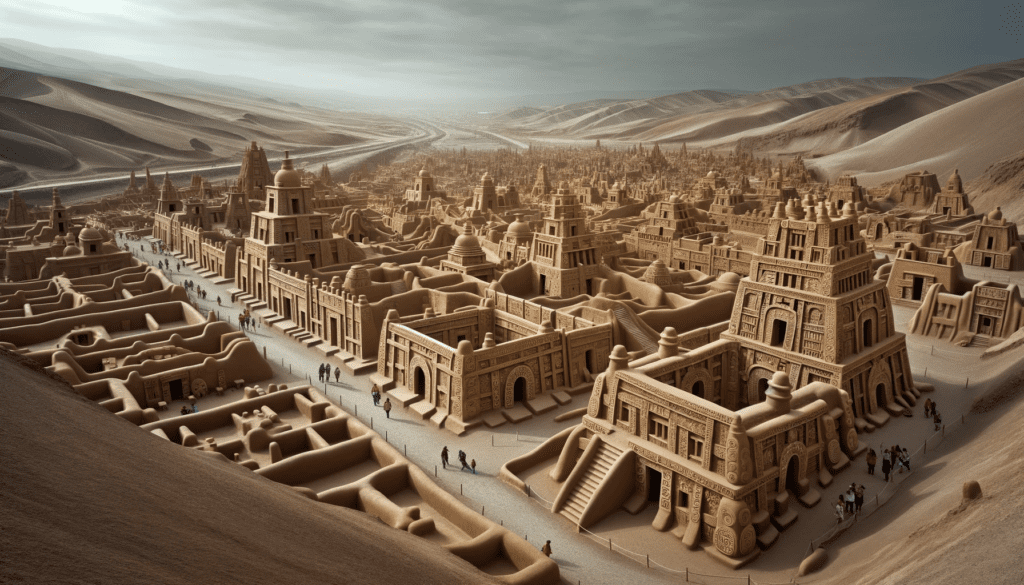
Location: Located in the spurs of the Salkantay Mountain range, overlooking the Apurimac river.
History and Significance:
Often dubbed as the “sister city” of Machu Picchu, Choquequirao is believed to have been the last bastion of the Incan resistance against the Spanish conquistadors.
What to Expect:
This site is a testament to Incan architectural ingenuity, with terraced fields, temples, plazas, and ritual baths. The trek to Choquequirao is challenging but immensely rewarding, offering solitude and a sense of discovery.
3. Caral – The Oldest City in the Americas
Location: Supe Valley, north-central coastal Peru.
History and Significance:
Caral is a 5,000-year-old city, making it the most ancient city in the Americas. It serves as a testament to the Norte Chico civilization’s advancements in architecture, agriculture, and society.
What to Expect:
Visitors can explore well-preserved pyramids, plazas, amphitheaters, and residential buildings. Caral provides a unique glimpse into the roots of Andean civilization.
4. Chan Chan – The Adobe City
Location: Just outside the modern city of Trujillo.
History and Significance:
Chan Chan was the capital city of the ancient Chimu Kingdom before the Incan conquest. It’s the largest pre-Columbian city in the Americas and the world’s largest adobe city.
What to Expect:
The site spans around 20 square kilometers, with adobe walls decorated with intricate friezes depicting fish, waves, and Chimu mythology. The vastness and complexity of Chan Chan tell a tale of a sophisticated society with a rich cultural tapestry.
5. Sipán – The Moche Tombs
Location: Near the northern town of Lambayeque.
History and Significance:
Sipán is famous for the tomb of the “Lord of Sipán,” an elite Moche warrior-priest. The discovery of the tomb in the late 20th century was pivotal in understanding the Moche civilization, shedding light on their rituals, hierarchy, and artistry.
What to Expect:
The site offers several tombs filled with gold, silver, and precious jewels. The nearby Royal Tombs of Sipán Museum displays many of these treasures, showcasing the opulence and craftsmanship of the Moche.
Conclusion
While Machu Picchu often takes center stage in discussions about Peruvian archaeology, the nation’s vast landscapes are dotted with remnants of civilizations past, each telling its unique tale. Embarking on a journey to these lesser-known sites promises adventure, knowledge, and a deeper appreciation for Peru’s rich history.
Eager to uncover the hidden archaeological wonders of Peru? Let Viajes Speedy be your guide to these mesmerizing sites. Book your journey with us today!

